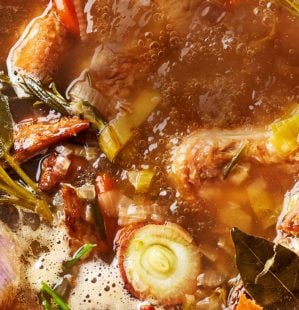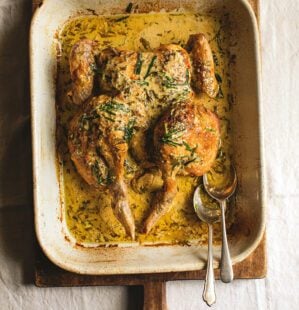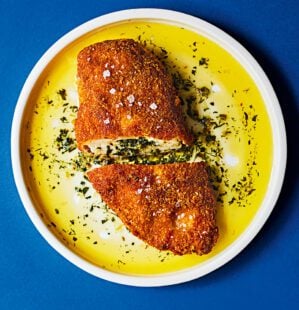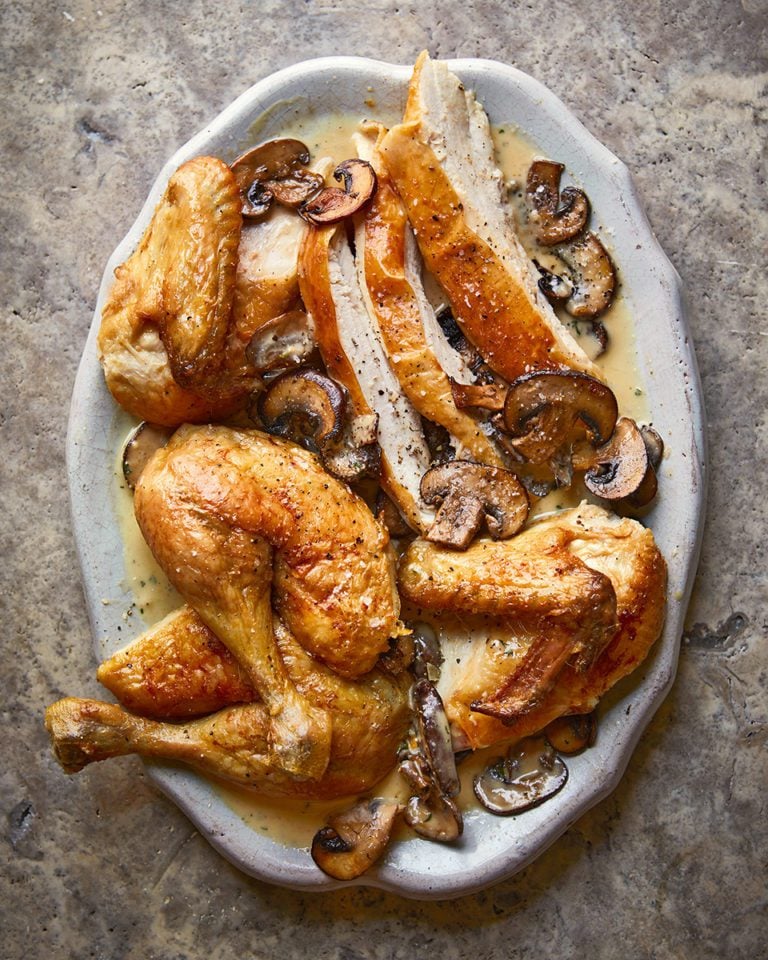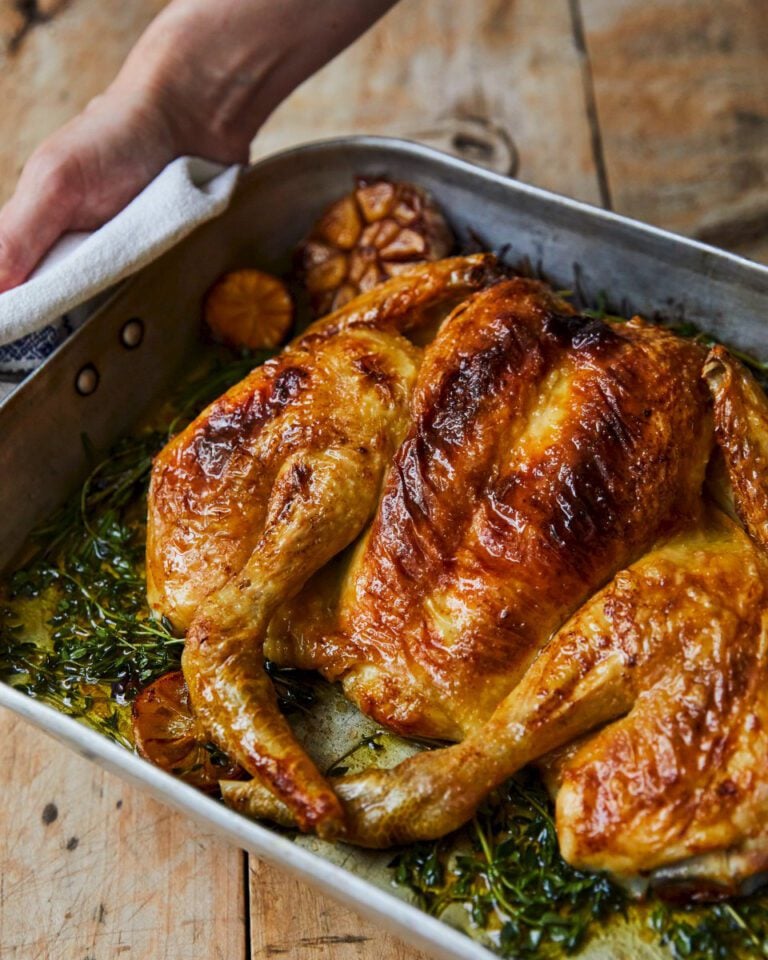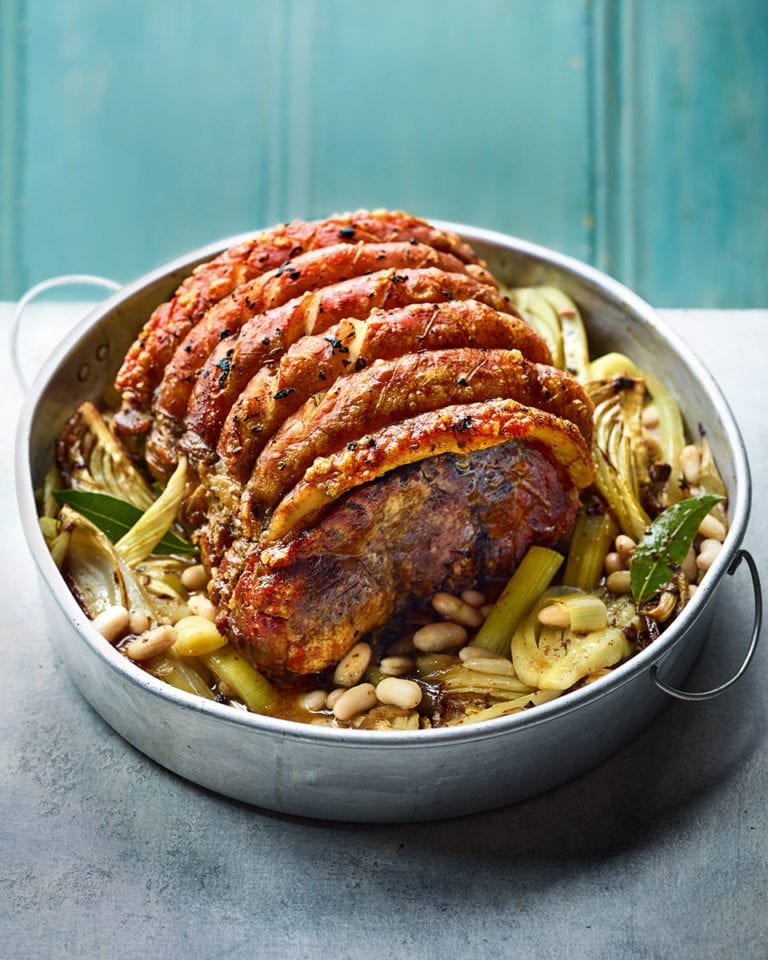Would you pay £25 for a chicken?
With the cost-of-living crisis still firmly front of mind for many shoppers, is it ever justifiable to pay more than a tenner for this Sunday roast favourite? Writer and former food editor at The Telegraph Tomé Morrissy-Swan explores the true cost of a chicken in 2024.
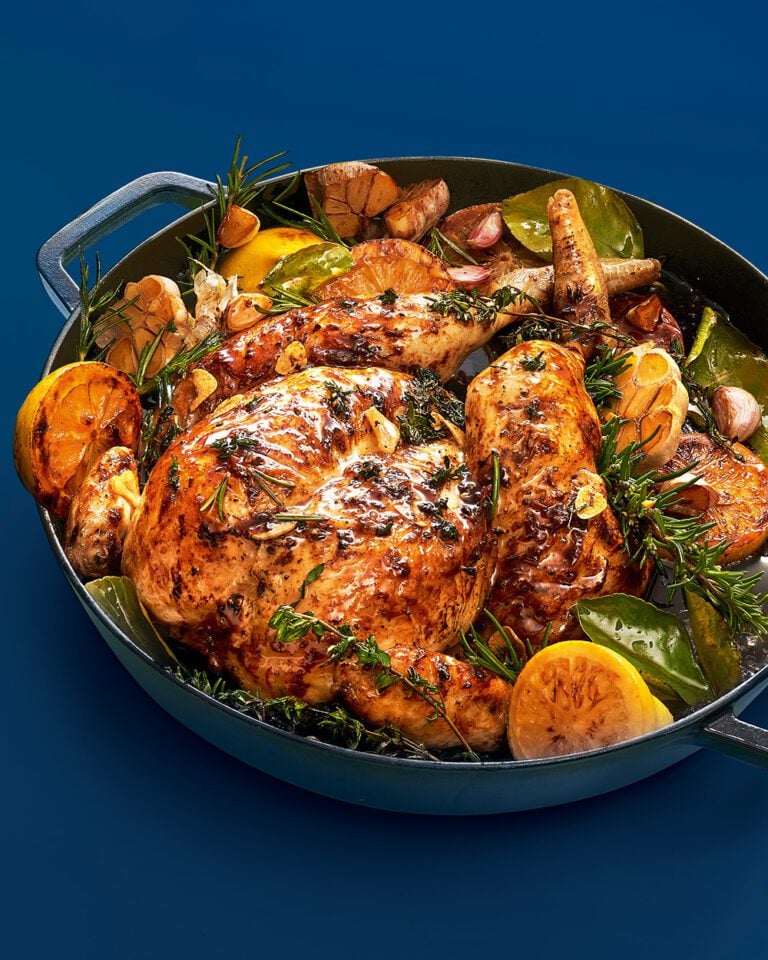
On a recent trip to my local butcher I came away with a chicken and a shock: the bird cost £25. Admittedly it’s a big one, but for an animal I’d rarely paid more than £10 for, it necessitated a mindset shift. And it’s not just in London. At one farm shop I visited in Bruton, Somerset, whole chickens start at £17, while birds at Suffolk’s Sutton Hoo Chicken, found across the southeast, fetch at least £20. What’s changed in the poultry world?
Cheap as chicks
Chicken has been a cheap source of protein for many years – you can still get a whole small bird for about £3. The meat’s popularity has been boosted by chains like Nando’s and fried chicken shops, which dominate many high streets, providing affordable meals to millions of Britons. These chains have become synonymous with youth culture, leading to a generation growing up and falling in love with the meat, and overall consumption has rocketed.
Across the 38 member countries of the OECD (Organisation For Economic Co-operation And Development), while pork and beef consumption was unchanged between 1990 and 2019, chicken has jumped 70%. Most of this growth is explained by the unrealistically low prices – ie £3 – charged for birds living in the worst conditions. In Britain, just 3.5% of chickens raised for meat are free range; organic accounts for less than 1% (according to the RSPCA’s chicken information sheet, October 2022).
But recently, from battery birds to organic hens, chicken prices – like everything else – have been rising. Transport costs are up, feed prices have risen by 50% in two years, processing and packaging are all more expensive. In 2023, chicken prices rose by an average of almost 15% in supermarkets – and producers are still saying this is too low.
Despite the price rises, sales of chicken are growing – for millions, being able to feed a family on affordable meat is a godsend, but sales of higher welfare birds have been growing fastest of all. Sutton Hoo Chicken saw a 220% rise between 2014 and 2024. The Ginger Pig, a chain of top London butchers, saw a 10-12% rise in its sales of slow-grown high-welfare chicken this year – and its chickens cost from £16-28 depending on the method of rearing. At Ocado, while overall poultry sales have grown 9% year on year, sales of organic chicken have jumped 26%, and at Pipers Farm, a collective of sustainable farms in the southwest, chicken is now the bestselling meat alongside beef.
Why pay £20 or more for a chook?
For research biochemist Milton Tomic, 26, the flavour of “regular” chicken is deteriorating. He ate plenty of chicken at university, but “when I realised the poor ‘regular’ hen would have had more space in my oven than in the cage during its life, I couldn’t really bring myself to buy it again”. Now he eats mostly organic, often opting for cheaper thighs and drumsticks, which “have more flavour”.
PR account director Phoebe Kelner, 35, “started to find it a bit gross that you could buy chicken for such a low price. I feel like meat should be expensive. I’m trying to eat less meat and only eating good-quality chicken feels like a step in that direction”. She’s a fan of Fosse Meadows chicken from her local farmers’ market, which can cost £25. “It has so much flavour,” she says, “and I always make a stock out of the carcass.”
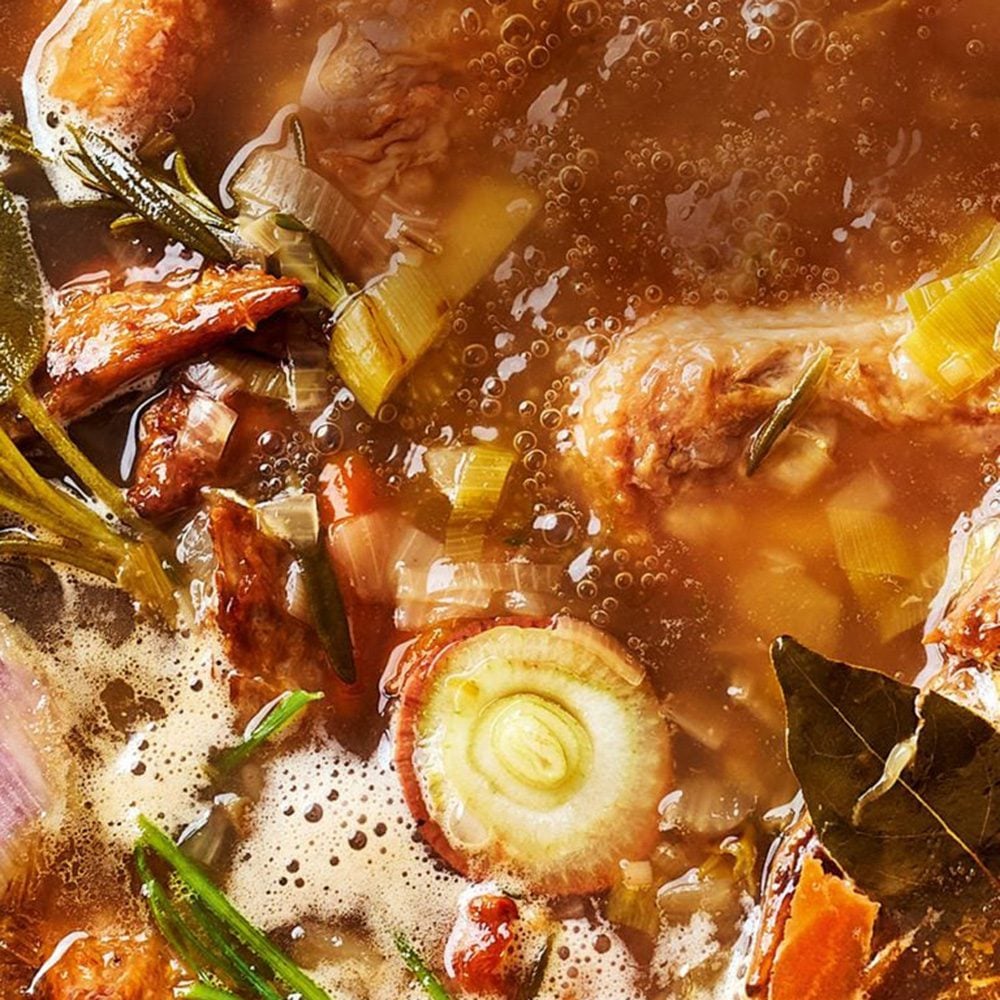
Beyond Nando’s
Chicken is also becoming the meat of choice for chefs. Driven by price constraints on other meats, restaurants are increasingly making it their star dish. At The Palmerston in Edinburgh, their roast chicken special “usually sells out instantly”, says co-founder James Snowdon. Several London restaurants, from Noble Rot to July, also have a signature roast chicken. It’s no longer seen as the boring option.
For Sam Pullan, owner of The Empire Cafe in Leeds, it’s a blessing and a curse. Customers are more willing than ever to order chicken, but there’s a limit to how much they’re prepared to pay, having grown accustomed to cheap poultry. For a chef wanting to use high-welfare produce it’s a conundrum.
The Empire Cafe’s all-day offering blends traditional greasy spoon fare with inventive small plates. Pullan also wanted “something comforting, and chicken fits in – everybody loves chicken”. Rotisserie chicken has become their bestseller. “Every table order has a chicken or half chicken on it.” They go through around 100 birds a week, sourced from a local farm.
While Pullan thinks attitudes are changing, many people baulk at paying £19 for half a chicken and potatoes. “What’s disgusting about our attitude towards chicken is we can go buy a chicken for the same price as a latte,” says Pullan. “But we’re changing people’s perception.” There’s a reason why people rave about the roast chicken in a restaurant, and it’s not all down to the skill of a chef – it’s also about how the bird was reared.
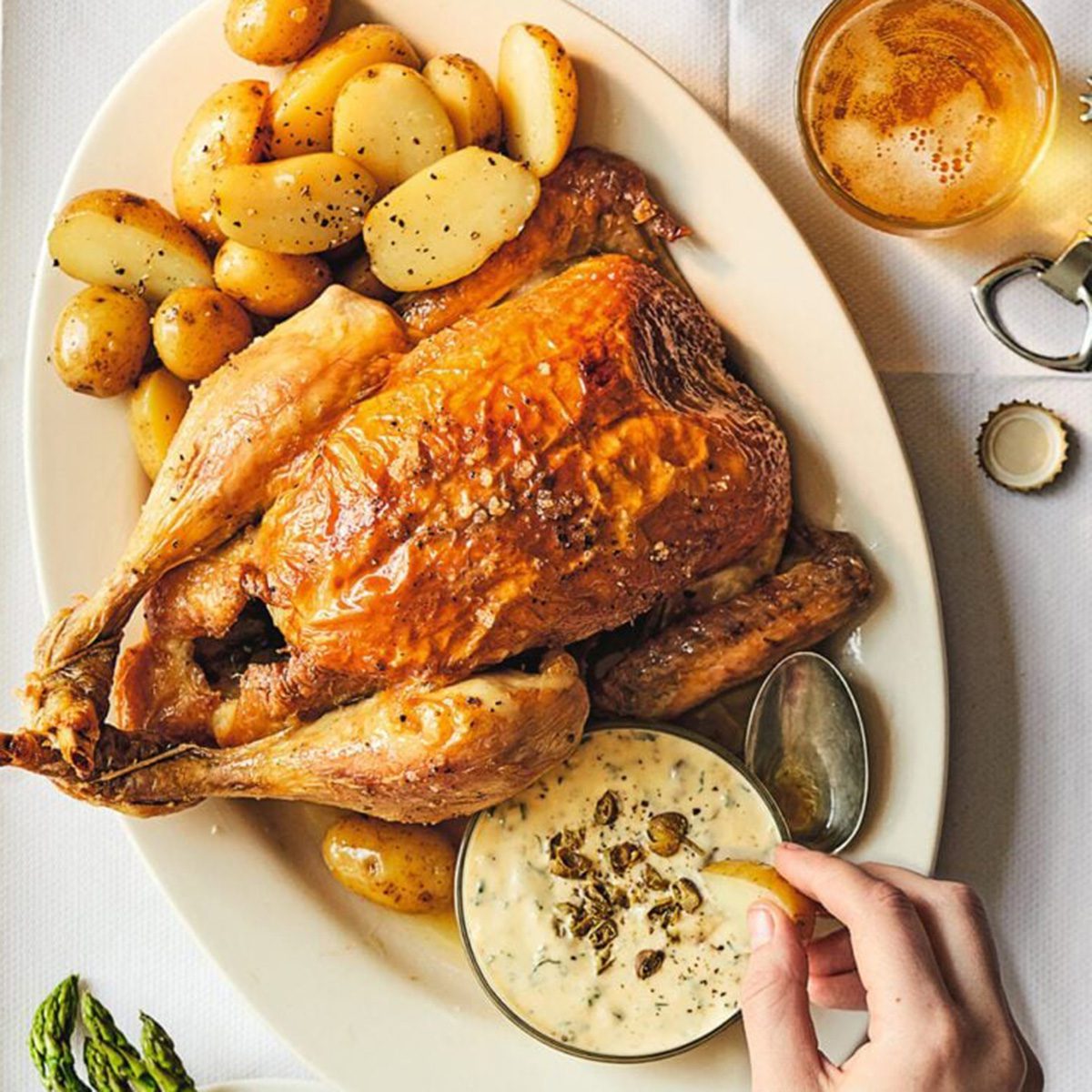
The price of peace of mind
According to Jodi Darwood at The Humane League, chicken is one of the most ethically contentious meats, the birds farmed in their billions to meet demand. “The scale of the welfare problem is huge, if we’re talking about the number of individual birds suffering due to inadequate farming standards,” Darwood explains. The vast majority of chickens are reared indoors in cramped and unsanitary conditions, often slaughtered after just 35 days.
But growing awareness is increasing demand for higher welfare birds, with ‘slow-grown’ becoming the latest buzzword. One of the most frequent questions from customers at The Ginger Pig is about how quickly the bird has grown. Anything too brief implies an unnaturally short and miserable life. The Humane League is calling on supermarkets and chains to sign up to the Better Chicken Commitment, which would see them sell exclusively slower growing breeds raised in better conditions by 2026. Big names such as M&S, KFC and many more have signed up.
The commitment has received criticism, however. Abby Allen, farms director at Pipers Farm, believes the standards are still “appalling”. Their birds are marketed as ‘properly free range’, given access to pasture and kept at low flock densities. They produce 2,500 birds per week and always sell out. Allen realises that Pipers Farm chickens, starting at £13.75, are more expensive than supermarket options, but they have to be: they live longer, so fewer are reared, and they don’t have the same economies of scale. “Chicken is the one item where our customers have sought us out because they don’t want to accept the rubbish they’re getting in supermarkets,” says Allen.
At Sutton Hoo Chicken, sales are also booming. The chickens aren’t organic but fully free range – living in smaller flocks than required for organic certification. For managing director Will Waterer, both ethics and superior taste keep customers returning. The meat, he says, has a great flavour, the skin is thick and crisps up better, and the stronger carcass and bones provide a more flavoursome stock. Sutton Hoo and Pipers Farm birds live up to 84 days, with extra time to develop flavour.
So, is it worth it?
Other meats have long come with a descriptor, perhaps a breed or farm that signifies quality – Tamworth pork or salt-marsh lamb. Chicken has rarely received such treatment in the UK. That is changing: expect ‘slow-grown’, native breeds and named farms to become commonplace. As for that £25 bird? It was arguably the best chicken I’d ever eaten.
How to make the most of your chicken – whatever you’re spending on it
- Factor in leftovers. Buy a bigger chook than you need, save a second shopping trip – and plan in the leftovers before you even start. We have nearly 1,000 chicken recipes, from Lebanese stews to Tom Kerridge’s pub classic pies to quick and easy soups. Browse our leftover chicken recipe collection for our favourite waste-not, want-not ideas.
- Make your own stock. It might seem like a faff but it’s worth it to get the most out of the entire bird. Make a brown or white chicken stock by following our guide.
- Get cheffy with chicken skin. Feeling particularly gourmet? Save the chicken skin and make chicken crackling for an intensely flavoured chicken scratching you can eat whole or crumble into sarnies, salads or over pasta for an umami hit. Scrape off as much fat from the underside of the raw skin as you can, then lay it out flat between 2 pieces of baking paper. Sandwich between 2 baking trays and cook for 15 minutes in an air fryer at 180°C (or cook in a microwave for 1 minute between microwave-safe plates, then flip and continue in 30-second intervals until golden). The pieces of skin will crisp up as they cool. Season with salt and enjoy.
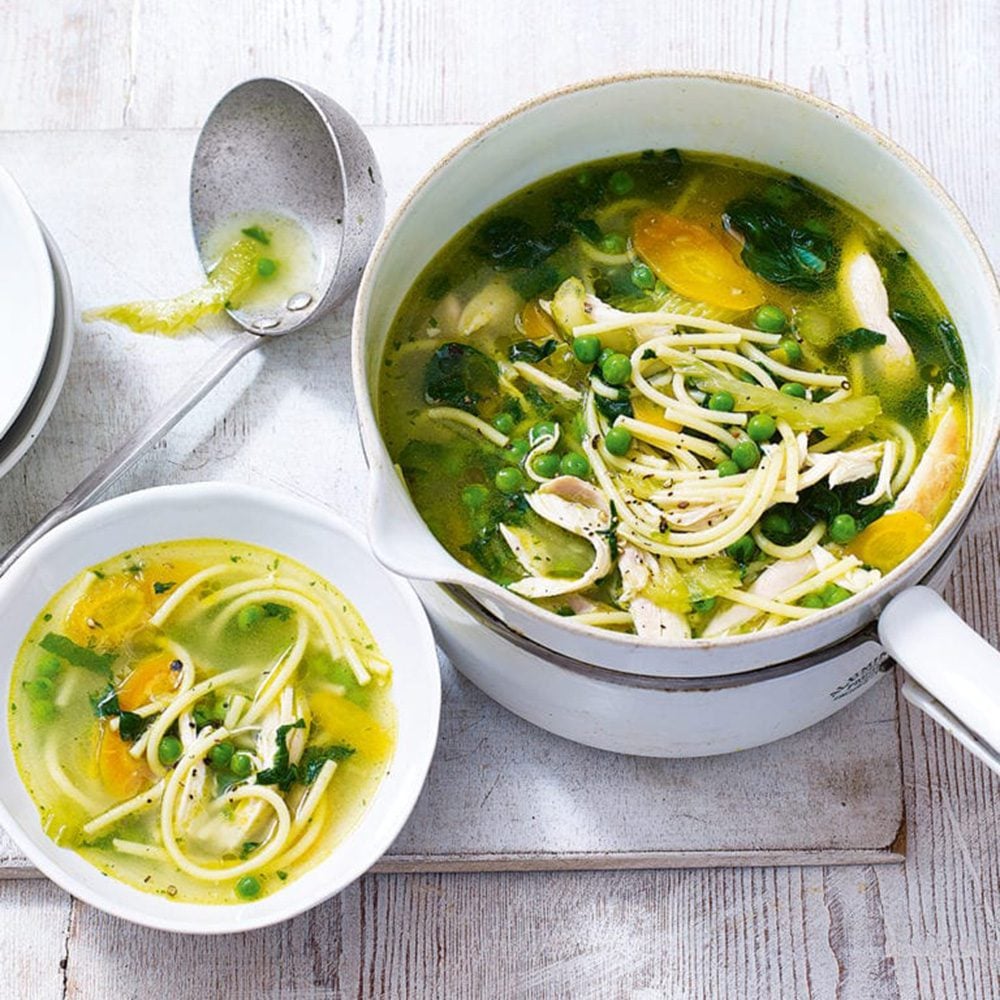
Browse our all-time favourite chicken recipes, including roast chicken with chicken fat garlic mayonnaise.
Subscribe to our magazine
Food stories, skills and tested recipes, straight to your door... Enjoy 5 issues for just £5 with our special introductory offer.
Subscribe
Unleash your inner chef
Looking for inspiration? Receive the latest recipes with our newsletter
